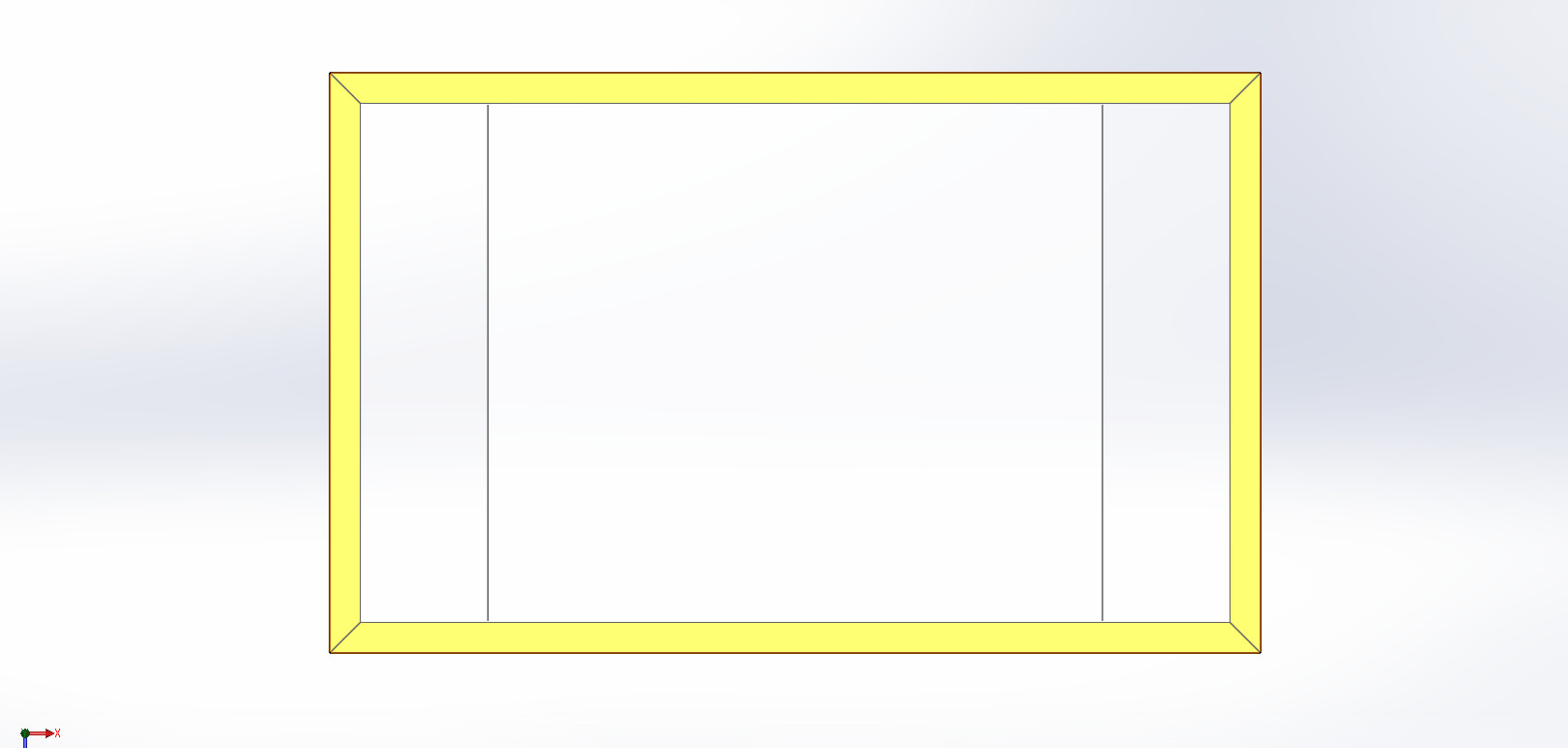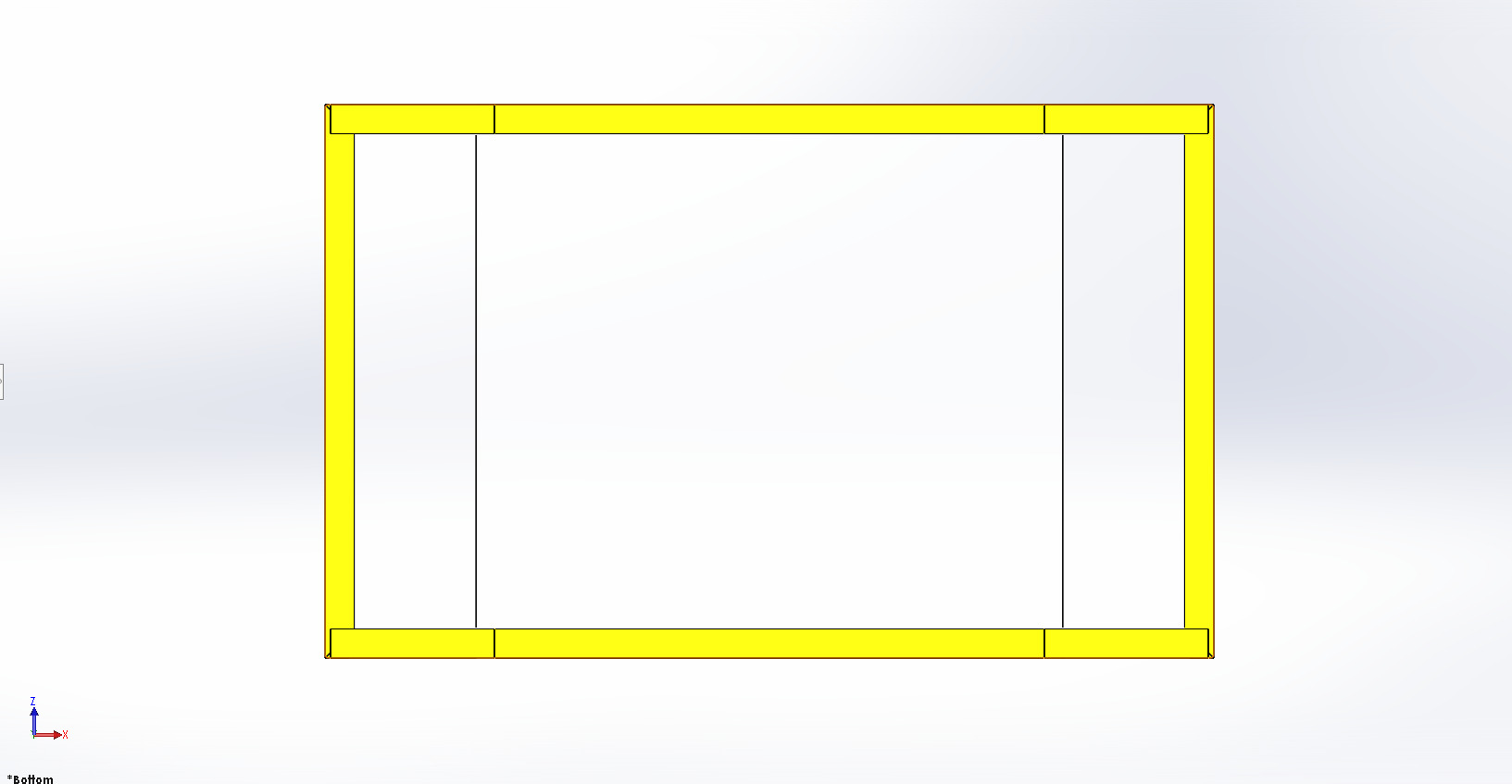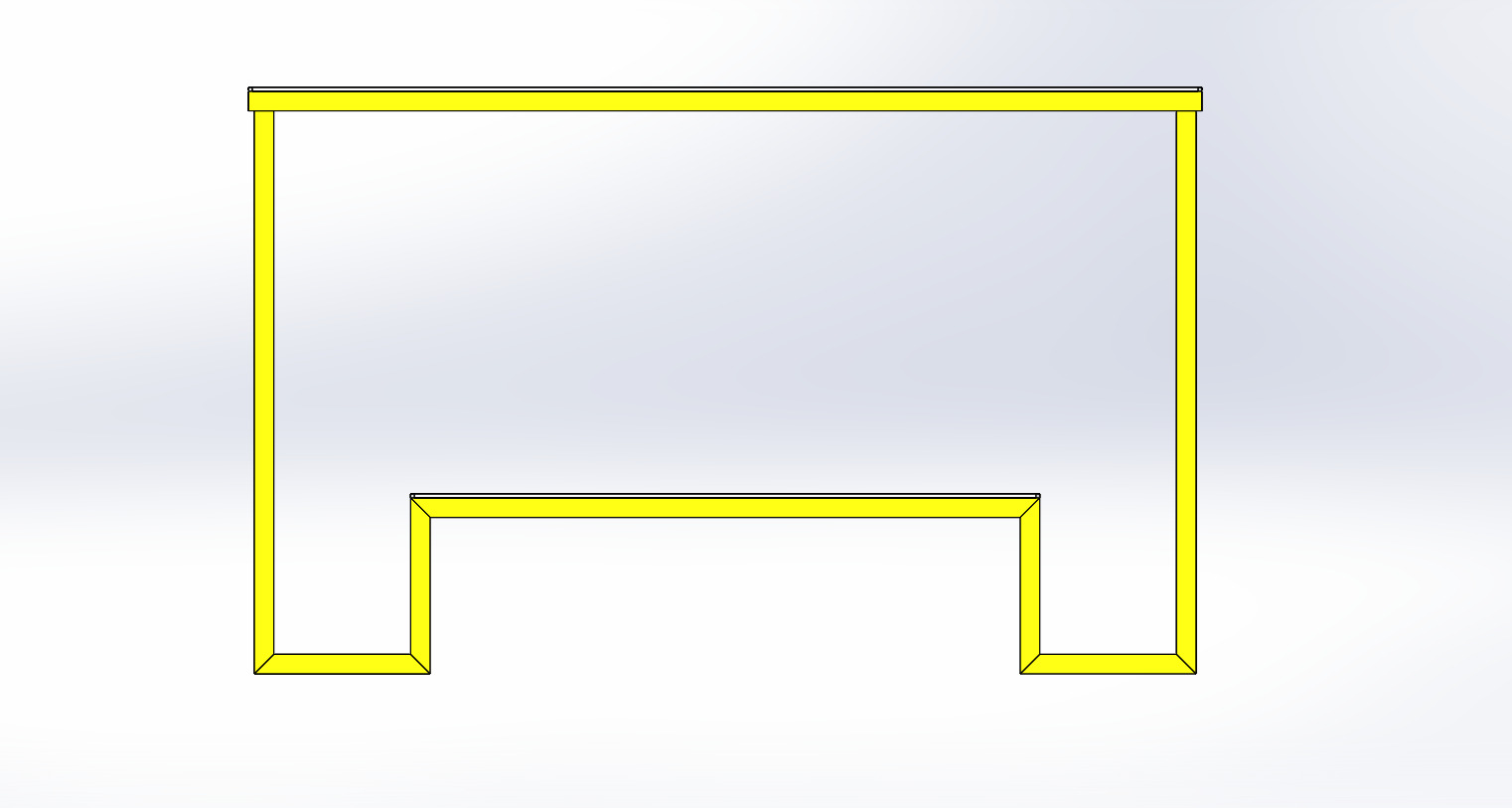
Dinning table can customizing design 3D model
Application and Description of Dining Table
- Description of a Dining TableA dining table is a functional piece of furniture designed for eating meals, social gatherings, and family interactions. It typically consists of a flat tabletop supported by four or more legs, a pedestal, or a trestle base. Dining tables are available in various materials like wood, metal, glass, marble, and stainless steel, catering to different aesthetics and practical needs.
Key Features:
Material: Wood, stainless steel, glass, marble, plastic, or mixed materialsShape: Rectangular, square, round, oval, or extendableSeating Capacity: Typically accommodates 2 to 12 peopleFinish: Polished, matte, laminated, or painted for durabilityStyles: Traditional, modern, rustic, industrial, foldable, and extendable options
- Applications of a Dining TableResidential Use (Homes & Apartments)
Central dining space for familiesUsed for meals, conversations, and gatheringsHotels & Restaurants
Fine dining, casual dining, and banquet hallsEnhances ambiance and customer experienceCorporate & Office Canteens
Used for employee meals and meetingsEncourages social interaction in break areasEducational Institutions (Schools & Colleges)
Found in hostel mess halls, cafeterias, and dining roomsDesigned for high-traffic usageFood Courts & Cafeterias
Used in malls, public eateries, and canteensRequires durable and easy-to-clean materialsHospital & Healthcare Facilities
Used in hospital cafeterias and patient dining areasHygienic, easy to clean, and resistant to contaminationOutdoor & Garden Dining
Patio and backyard dining tables for outdoor mealsWeather-resistant materials like metal, plastic, or treated woodConference & Meeting Spaces
Sometimes used in boardrooms or meeting areas for discussions over mealsFound in co-working spaces and executive loungesReligious & Community Halls
Used in churches, mosques, temples, and community centersFacilitates group meals and gatheringsMilitary & Defense Canteens
Heavy-duty tables designed for high-traffic mess hallsBuilt for durability and long-term useAdvantages of a Dining Table Central Gathering Spot: Brings people together for meals and conversations Functional & Versatile: Can be used for dining, work, study, and meetings Available in Various Styles: Suitable for traditional, modern, and contemporary interiors Durable & Long-Lasting: High-quality materials ensure longevity Customizable: Options for different sizes, shapes, and materials






